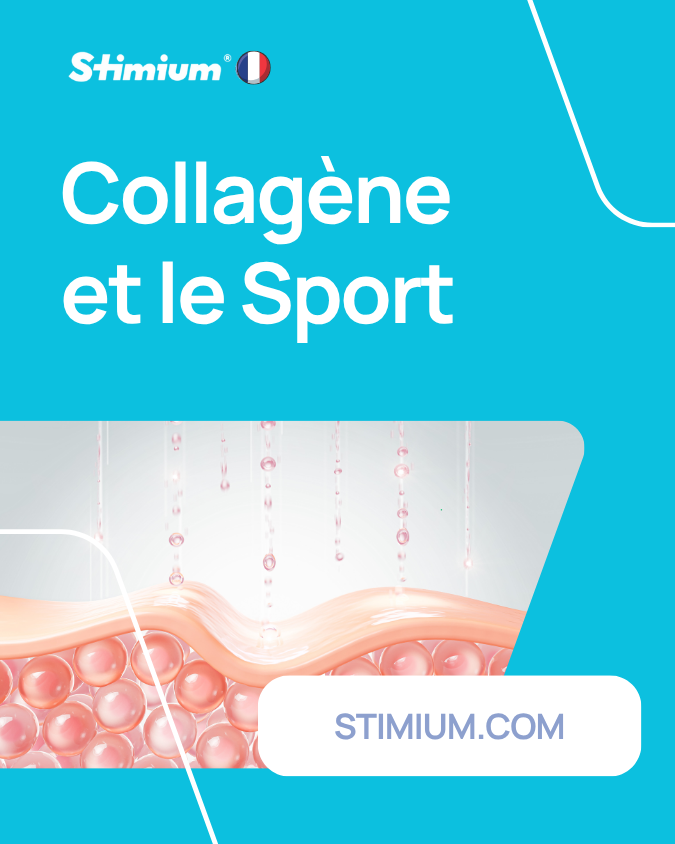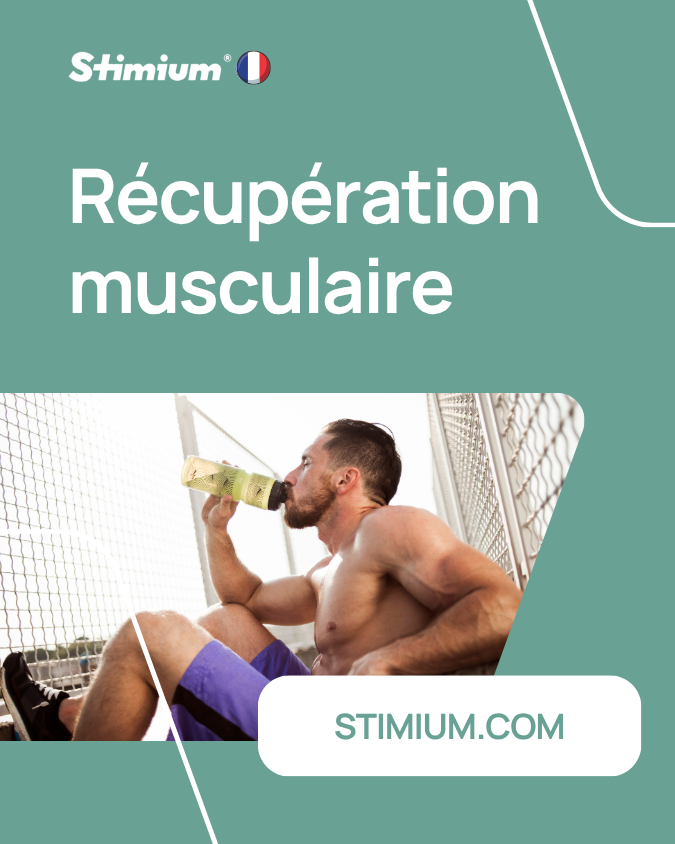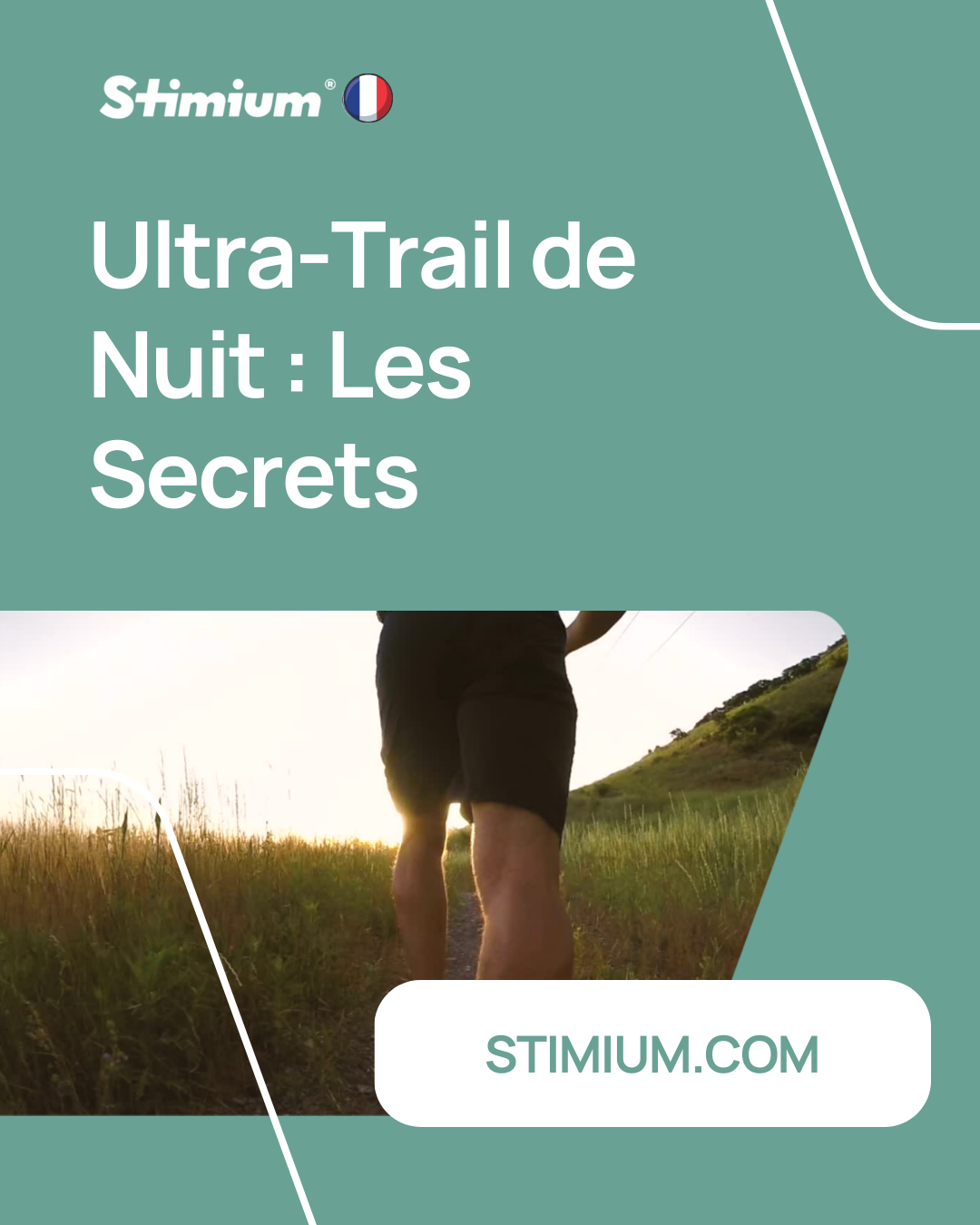The different types of training!
You already knew this, but for endurance sports, there is no standard training, but a multitude of possibilities in reality. And unfortunately, because that would be far too simple, there is no particular training that stands out, in summer or winter preparation, at altitude or at sea level. Every 3/4 years, we see a training flourish more particularly, under the effect of the success of a few athletes and/or an excellent communicator coach, but this fashion falls with the next athlete or coach capable of obtaining success with another working formula.
We will therefore offer you here a fairly complete view of the different possible training courses, but without telling you that one will be superior to the other. At Stimium , we are rather fans of personalization, some athletes respond to long sessions, while others prefer short and intense training, we are not all equal in our sensations and our preferences, our physical condition is specific to each of us, and this is what makes the profession of coach interesting in particular, being able to adapt our proposals to each person's profile, to see an improvement in the performance of our foal. This is what we call constant questioning – the ability to adapt one's knowledge and precepts to see one's students improve their times and their feelings.
Classic training
VO2 max
At 100% of maximum aerobic speed (VMA) or maximum aerobic power (PMA).
- Aimed at improving your cardio
- Between warm-up sets and cool-down
- 15 to 30 times 30 seconds at high intensity VO2max with recovery = working time – during recovery times, you should hydrate properly, in particular by having previously prepared in a bottle, either Stimium Boost Powder for a complete recharge in carbohydrates and vitamins, either Stimium® Rgn3 Reload or Stimium® Rgn3 Clean-Up in an isotonic drink, or the e Mix developed for the largest French professional club, Stimium® Iso Carb , to reconstitute these sources of glycogen and proteins
- 2 to 4 times 3 minutes at VO2max / 3 min at 60% VO2max)
To be practiced in particular indoors on a bike, rower or elliptical for runners
Threshold dynamization
At 90% of maximum aerobic speed (VMA) or maximum aerobic power (PMA).
- Aimed at elevating your metabolic overheating zone
- Between warming up and cooling down
- Repetitions of 2 to 4 X 6 to 8 minutes at 90% VO2max with recovery = ½ work time
To be practiced indoors on a bike, rower or elliptical for runners, always hydrating properly during each recovery period.
Maintaining the threshold
At 80% of maximum aerobic speed (VMA) or maximum aerobic power (PMA).
- Intended for better tolerance of your metabolic overheating
- Between warming up and cooling down
- 15 to 30 minutes at 80% VO2max
- 10km/h pace for an average athlete.
Carbohydrate endurance
At 70% of maximum aerobic speed (VMA) or maximum aerobic power (PMA).
- Intended to increase your stock of intramuscular sugar (glycogen)
- Between warming up and cooling down
- 30 minutes to 2 hours at 70% VO2max
- marathon pace (10/11km/h) or cycling (22/27km/h) for an average athlete
Lipid endurance
At 60% of maximum aerobic speed (VMA) or maximum aerobic power (PMA).
- Intended to increase your ability to mobilize and burn fat
- Between warming up and cooling down
- 1 hour to 3 hours at 60% VO2max
- Moderate jogging or cycling for an average athlete
Cleaning
At 60% of maximum aerobic speed (VMA) or maximum aerobic power (PMA) on a circuit without too much difficulty.
- Intended in theory to supply more blood than necessary to the muscles... thus boosting the repair and drainage processes
- 20 to 40 min at 60% of VO2max to promote active recovery
- Preferably done on a bike or while swimming, or while running at a slow pace (7-9km/h)
Less traditional training
Thermal endurance
At 60% of maximum aerobic speed (VMA) or maximum aerobic power (PMA).
- Intended to optimize your ability to dissipate heat (sweating, opening of skin vessels), particularly as summer approaches or before a stay in a hot country.
- 20 minutes to 1.5 hours at 60% VO2max to adapt to high temperatures. In thermal endurance, energy expenditure is even greater, hydration is therefore essential, as well as recovery, in particular by taking Stimium® Mc3 or Stimium® Mc3 powder to reduce the risk of cramps, and combat muscle fatigue thanks to has the synergistic effect of citrulline malate, or Stimium® Iso Carb , to replenish these sources of glycogen and proteins, after training.
Locomotor and psychological endurance
At 50% of maximum aerobic speed (VMA) or maximum aerobic power (PMA).
Intended to increase the resistance of tendons, bones or cartilage. Obviously, for prevention, taking Stimium® Joint Flex in treatment to relieve this type of problem, can be a solution, as can consumption of highly dosed Omega 3, such as Stimium OMG with its dosage 1000 mg. For the feeling of heavy leg, we would rather recommend Stimium GINGKO , for improvement circulatory functions.
Also intended to reduce the impact of so-called “central” cerebral fatigue - in addition, Stimium GABA , a muscle-relaxing and Stimium Bacopa to train your brain.
- 1 hour to 6 hours at 50% VO2max
- … “walking” or cycling for an average athlete more likely intended for ultra-trail runners
Session on the relief with difference in altitude
- Cardiovascular work on hills, technical work on descents.
Technical session
- For backpackers… work on performance on the flat, specific, at competition speed to optimize psychomotor transfer.
- For beginner to intermediate level trail runners... work on the supports on the descent, ascent while walking quietly or better, in the cable car to devote all your mental freshness to the theme of the session
Fartlek session
- Accelerations according to sensations guided by the characteristics of the course and not by the timer, spaced for recovery according to your sensations during training.
Field reinforcement session
- Support work, and educational on track with plyometric orientation (jumping movements and elastic restitution)
- Working on the stairs in the stands (if your knees are in good condition)
- Traditional sheathing, very good for weight and fat loss
Indoor strengthening work
- Strengthening the arms, trunk and back as part of complementary joint hygiene or as an active recovery session.
- Eccentric strengthening ... slow braking work to prepare the trail runner's muscles for the descent: lifting a heavy load with two legs, descending with one.
- Dynamic strengthening … mixed pushing and braking work intended for joint protection and intramuscular metabolic adaptations (density of capillaries, cellular energy plants or mitochondria)
Functional sheathing work
- Mixed cardiovascular and muscular session on a rowing machine or elliptical machine, very useful for those who want to save time and don't like traditional core training... and rightly so!
As always, whatever your type of training, whatever your sport, alone or in a group, respecting rest periods will be one of the central elements of your progress and respect for your body.
There is therefore not a single training session, as you will have understood, just as there is not a single objective. You may like to ride at night on your home trainer, or run on an empty stomach, or do home cardio exercises, row 5km after a good CrossFit session, do 30 minutes of squats as a bodybuilding booster, the variety of training remains in all cases an excellent component for progress, if you make sure not to force yourself at the risk of causing an injury. Each coach will have their own method, but in the end, it is your own feelings that will be the best barometer for building and feeling the best training for you.







